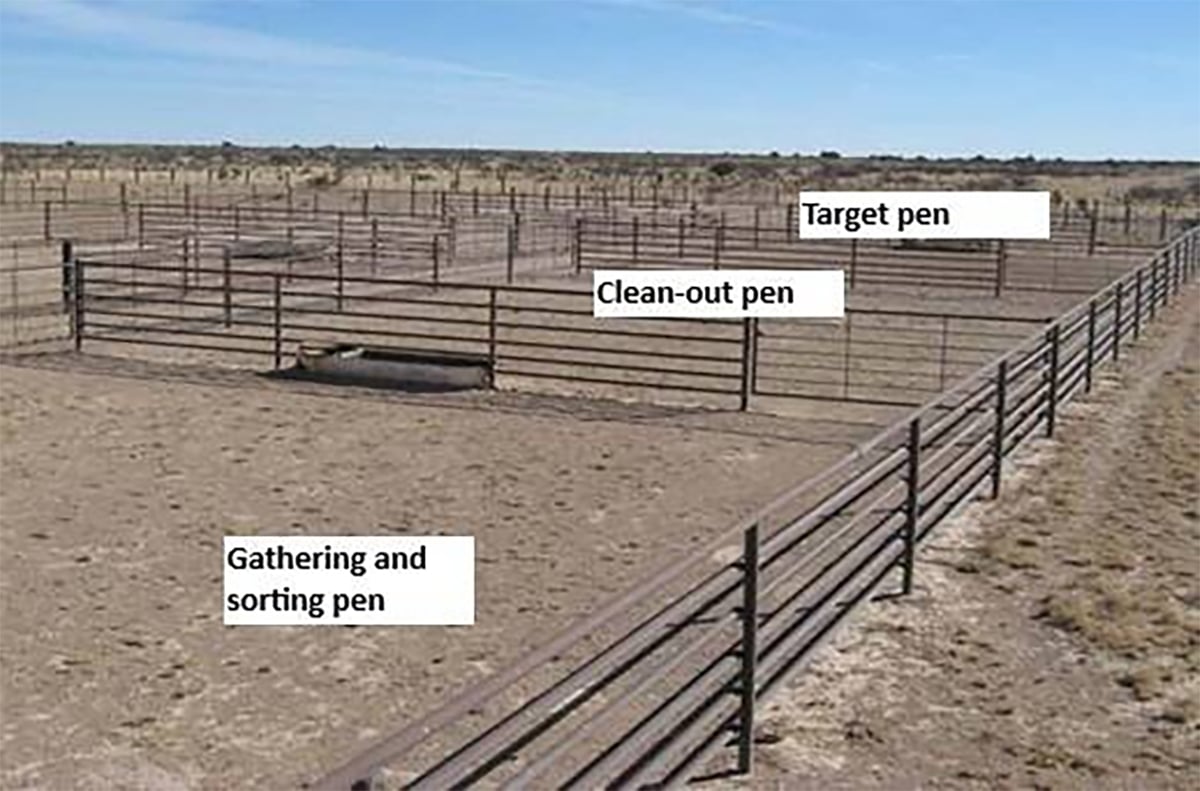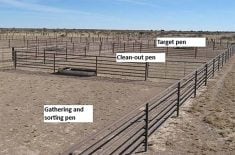Two main beliefs about beef production arose from a recent American consumer study: most believe that larger scale cattle production is focused on money at the expense of animal welfare; and most think smaller farms, though perceived to be a dying breed, produce higher quality beef under more favourable conditions for animals.
Those results present an opportunity, said Shawn Darcy, market research director for the National Cattlemen’s Beef Association.
“It actually just shows us there’s a large opportunity, obviously a knowledge gap in the system because a lot of things they were associating with these smaller family farms and the niche markets, those were things that we know were true for the entire industry,” Darcy said during a recent Beef Improvement Federation seminar.
Read Also

Teamwork and well-designed handling systems part of safely working cattle
When moving cattle, the safety of handlers, their team and their animals all boils down to three things: the cattle, the handling system and the behaviour of the team.
As in Canada, most American cattle operations are family farms with a focus on animal welfare, he added.
The NCBA survey and focus groups also showed 69 percent of respondents felt positively toward beef, while 13 percent held a negative perception and the balance were neutral.
“Not everyone, though they might have a louder voice, is negative about beef,” said Darcy. However, beef lags chicken in terms of attitude, since 81 percent of those surveyed had a positive view for that most popular white meat.
Compared to 2018, beef production made gains among consumers regarding various production attributes. Across the board, consumers perceived improvements in 2019 over 2018 about beef being free from added hormones, (52 percent compared to 49 percent in 2018), raised responsibly (47 percent compared to 44 percent in 2018), environmentally friendly (45 percent vs. 42 percent) and raised humanely (46 percent vs. 41 percent).
Some 12 percent of consumers said they plan to eat more beef, largely related to taste. Sixteen percent said they intend to eat less beef, primarily for perceived health reasons.
As for concerns about beef production, the top answer, unaided by any list or suggestions, was animal welfare at 29 percent. Use of hormones was next, at six percent. Use of antibiotics and environmental concerns were noted by five and three percent, respectively.
Darcy said 27 percent of those surveyed said they were familiar with how cattle are raised, a figure he thinks is higher than the real number. About 43 percent think cattle live in confinement for their entire lives.
Fully 44 percent say they consider how their food was raised or grown when choosing which protein to eat.
The U.S. industry has a Beef Quality Assurance program and once told about its focus on beef safety and animal welfare, surveyed consumers indicated increased confidence in the industry, said Darcy.
However, in most cases people are more interested in the fact of an assurance program rather than the details of how it works and what it contains.
Darcy also presented survey results arising from COVID-19 showing 65 percent of consumers are concerned about food shortages, with chicken breasts, eggs and milk being of most concern. Ground beef ranked fourth in level of concern about shortages.
In keeping with Canadian statistics, more Americans are now buying groceries on-line as opposed to personally shopping. About 67 percent now do that and 69 percent of that group are younger than 45.
















